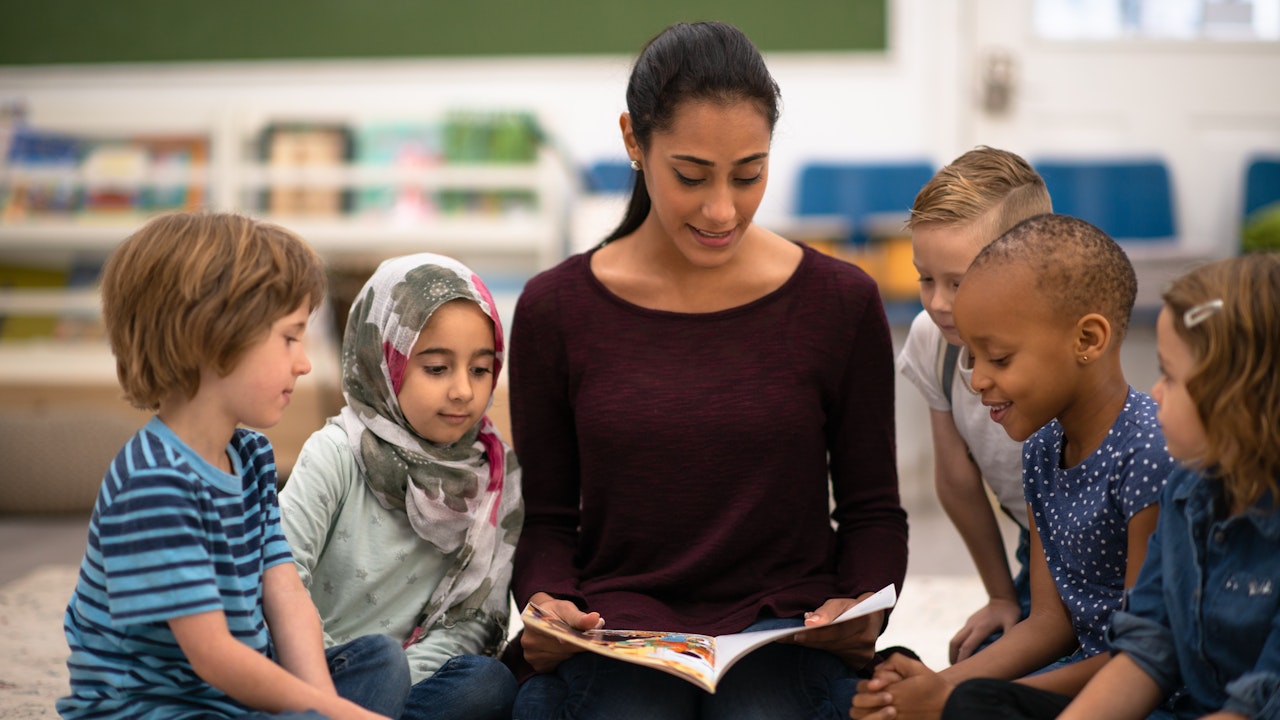Homepage
•
Learning Library
•
Blog
•
10 Resources for Teaching Anti-Racism
Expand breadcrumbs
Expand breadcrumbs
- Learning Library
- Blog
- 10 Resources for Teaching Anti-Racism
- Homepage
- •
- Learning Library
- •
- Blog
- •
- 10 Resources for Teaching Anti-Racism
10 Resources for Teaching Anti-Racism
By Jerry Fingal
January 17, 2023








